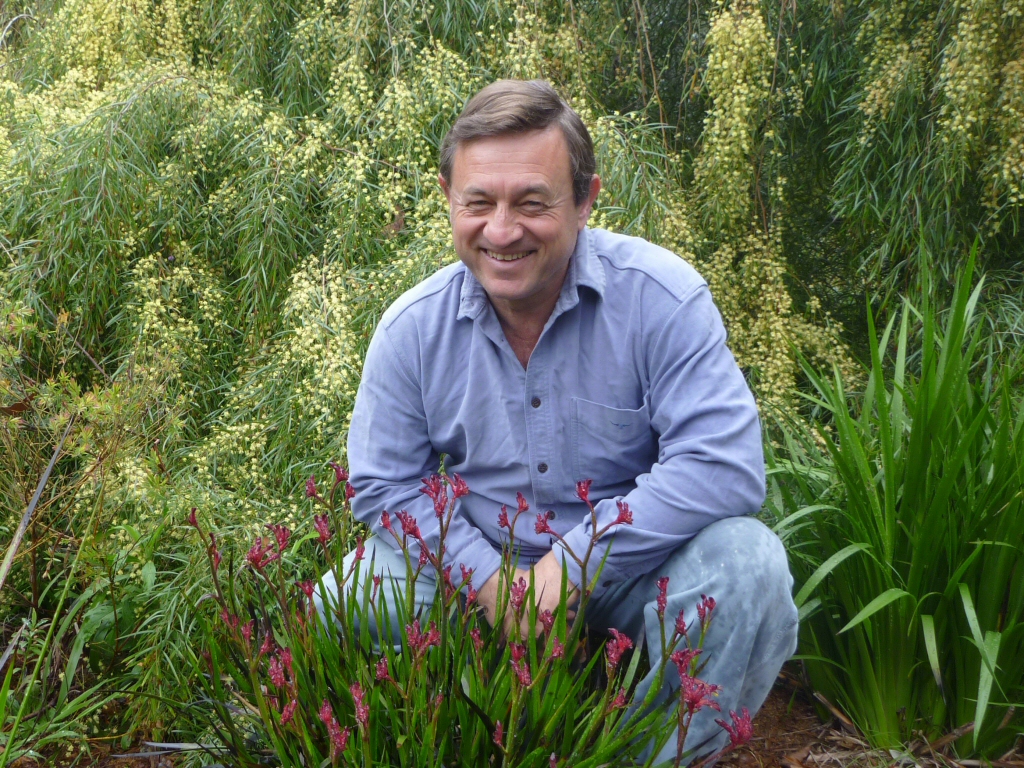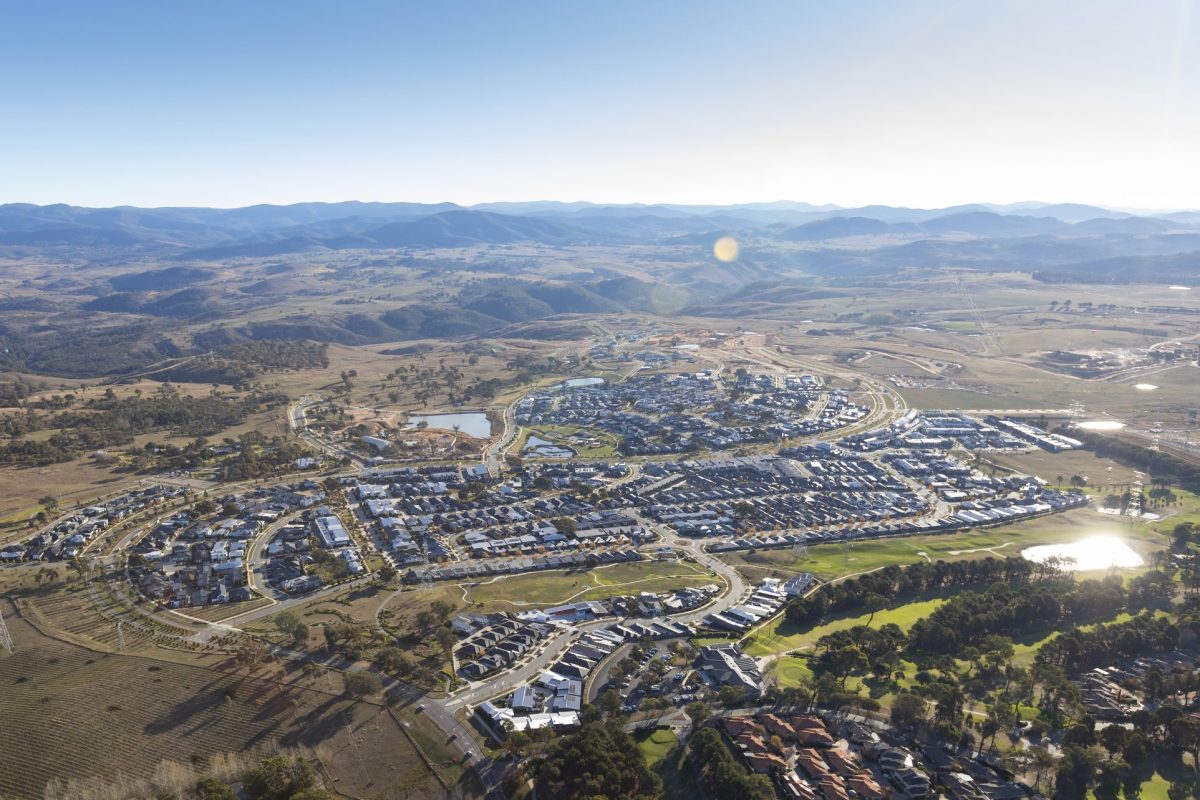Angus Stewart shares six tips on how to prepare your gardens for summer
National Gardening Week is just around the corner and with summer well and truly on the way, what better excuse to dig in and prepare for the warm weather?
Taking place from Sunday 15 until Saturday 21 October, National Gardening Week is the perfect opportunity to celebrate the simple joys of gardening—and as the perfect family-friendly activity, everyone can get out into the garden.
To help inspire residents head outside and get their hands dirty (while providing them with superior strategies to help maintain the stunning natural environment of the Ginninderry area), we decided to ask an expert about how to prepare for summer in Canberra.
Sitting down with award-winning horticulturist, former presenter on Gardening Australia, author, broadcaster, and plant breeder Angus Stewart – who has previously shared his knowledge and passion for all things gardening and sustainability at the Ginninderry Inspire Festival in March 2023—here are his six top tips. Dig in!
It’s all about moisture.
With an El Nino weather event possibly turning things hot and dry, it’s all about conserving moisture in the soil. We’ve had such good rain over the last several years, so mulching would be priority number one. Use a suitable mulch—that could be bark or wood chip products, but you might also want to consider inorganic mulches such as gravels for fire-prone areas if you’re near the bush.
At the moment we have a lot of moisture, but it only takes two or three weeks of hot, dry, and windy weather for everything to dry up. Mulching while you’ve still got the moisture in the soil, creates an insulting blanket that reduces moisture loss. Get in now with the mulching before it gets hot, and you’ll have a reservoir of moisture in the soil that you can reserve for your plants rather than it evaporating into the atmosphere.
Get pruning.
With spring upon us, the other thing I would be doing is pruning plants. A general rule of thumb is after a lot of spring flowering plants have finished, prune back behind the flowers straightaway—you’ll take a bit of stress off the plant and set up the flowering for the flowing year.
Deadheading spent flowers as opposed to pruning back shrubby plants—if you have herbaceous soft wooded plants like daisies—will prolong the flowering of a lot of plants from spring through to summer.
Fertilise, fertilise, fertilise.
You want to match fertiliser to the particular plant group. Native plants need a low-phosphorous fertiliser designed septically for native plants whereas cirtus has different requirements to roses—so look for a fertiliser that’s specific to your requirements, and the particular type of plants that you’ve got.
Plan your veggie patch.
For summer, people should be thinking of things like tomatoes, the various chilies, and eggplants—a lot of plants in the tomato family are generally good. I always love to recommend people get into growing leafy greens, things like basil and coriander. It’s a really good time to plant those leafy greens that are very quickly growing, like lettuce, mizuna, and rocket. You can be planting seeds and harvesting within a matter of weeks. A succession of sowing seeds every two or three weeks will give you a rolling crop of greens for your summer salad!
Have a plan to beat the heat.
I’ve been experimenting with using wicking beds—which are a particular type of irrigation called capillary irrigation—where you have a reservoir of water underneath the garden bed. The water is wicked up, to bring the water up to the plants from below. It means that you’ve got a continuous supply of water provided if you keep the reservoir of the wicking beds topped up and the plants basically never dry out. It’s a much more efficient way of irrigating, you probably use at least 50 to 80 per cent less water.
If you’re mulching to conserve moisture in the vegetable garden, I would be looking at a feeder mulch rather than a wood chip or gravel—instead, you should use something like pea straw or loose hay which has a much higher nutrient content. They break down over a period of months and add nutrients to the layer of soil or topsoil veggies are growing in.
Don’t forget about the natives for the birds and the bees.
There’s a tremendous movement for creating a habitat for birds, so creating layers of vegetation in your garden with native plants and having native grasses like Kangaroo Grass is a good thing for all different types of birds.
To add more diversity to the bird life that comes into your garden, the smaller birds often feed on seeds and insects—they love having plants like native grasses and Everlasting Daisies whereas the Grevilleas provide nectar for nectar feeding birds such as honey eaters and spine-bills. And native daisies are fantastic for bees!



